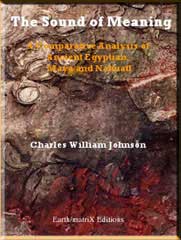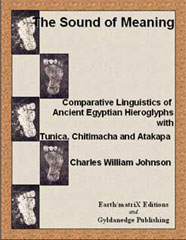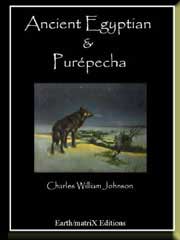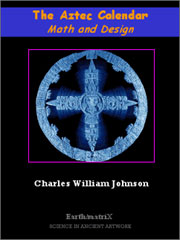|
|
|
Purchase in Amazon
|
|
|

PART: VII
THE AZTEC CALENDAR:
THE POINTER
The Venus Pattern in the Pointer
It has been shown that a relationship
exists between the orbital movements of Earth and the planet Venus, in
that Venus' orbit consists of 584 (Earth) days, while Earth's rotation
consists of 365 (excluding for now the considerations of fractions and
the leap year). In this sense, five of Venus' orbits more or less equal
the rotational time of eight of earth's orbits around the Sun; each consisting
of approximately 2,920 days (again, ignoring fractions).
During a 243-year cycle, then, Venus is said to pass four times across
the face of the Sun (as seen from Earth). In considering the pointer of
the Aztec calendar, it becomes meaningful to mark off cycles of 52 years
each, thereby substituting the concept of days for that of a year.
We begin our count with the number one coordinate dot on the pointer as
though it were year number one. We may then observe the following identified
yearly cycles illustrated on the pointer.
 |
Now, again, let us connect the different coordinate points showing the 52-year cycles. With that a definite five-pointed star comes into view.
 |
The planet Venus was considered to be a star, which crossed the face of the Sun as we noted earlier. This is precisely what the lines of the five-pointed star pattern achieve in the design during a 260-year period or cycle. Notice how the lines drawn actually cross the face of Tonatiuh, the Sun. In fact, if we take only the period of 243 years, as mentioned by astronomers, during which time its is said that Venus crosses the face of the Sun four times, then we may see that the star-pattern actually crosses that number of times only. We have calculated where the year 243 might lie on the fifth line, just before touching Tonatiuh's face once again.
 |
This pattern may be correlated possibly to the Ollin symbols that represent the planet Venus as a half-closed eye over the center ( see Ollin ).
Now, if we substitute this example of the 52-year count for one that involves the 364-day count, then another interesting pattern obtains. The same five-pointed star pattern occurs (as in the 260-year count). For even though we are counting 52-day cycles, they are actually based on the 13-day cycles of a year count. Nonetheless, we shall mark off the lines corresponding to the two remaining 52-day cycles in order to reach now 364 and 365 days. The connected lines in the 364-day count of seven 52-day cycles, would look as follows; plus the 365th day glyph:
 |
Further notice how the pattern reveals a more complete five-pointed star:
 |
The pointer may certainly have
been conceptualized as a mechanical pointer, and surely a mentally abstracted
one. Also, from the illustration regarding the 365-day count previously
shown, the words of someone like Leon y Gama become meaningful, when
he mentioned that the last day of the year was a straggler, all by itself.
The linear marking off of a 52-day or 52-year cycle on the pointer actually
shows a star pattern. What an extraordinary coincidence that the planet
Venus, so important to their culture and to their calendaric system
of counting, was referred to and shown to be a star in their artwork.
Observations
In summary, the pointer of the
Aztec Calendar and the day-glyph concentric ring therein are intimately
related through design and allow for rapid, symbolic calculations. Again,
the calculations may be made as of the relationships of the rings, or
mentally executed without any reference to the rings themselves. Significantly,
there is an apparent design and pattern behind the arrangement of space
within the Aztec Calendar based on a counting system for the day-glyphs
yet to be comprehended fully.
We do not know how to make all of the calculations involved or suggested
by the design, muchless imagine specific meanings of those calculations
and patterns. Such knowledge might be the task of descipherment by the
specialists in the field. However, we have demonstrated some of our findings
about the particular designs and patterns within the Aztec Calendar that
might lead us to better comprehend its purpose and significance.
This essay forms a part of an on-going research effort to discern the science within ancient artwork throughout the world.
| Home | Part: I | Part: II | Part: III | Part: IV | Part: V | Part: VI | Part: VII |
The Aztec Calendar:
Math and Design
Purchase in Amazon
The Aztec Calendar: Math and Design
212 Pages
ISBN 1-58616-375-2
Price $9.99US
Reproduction prohibited without written consent of the author.
| Home | Books | Author | Site Map |






